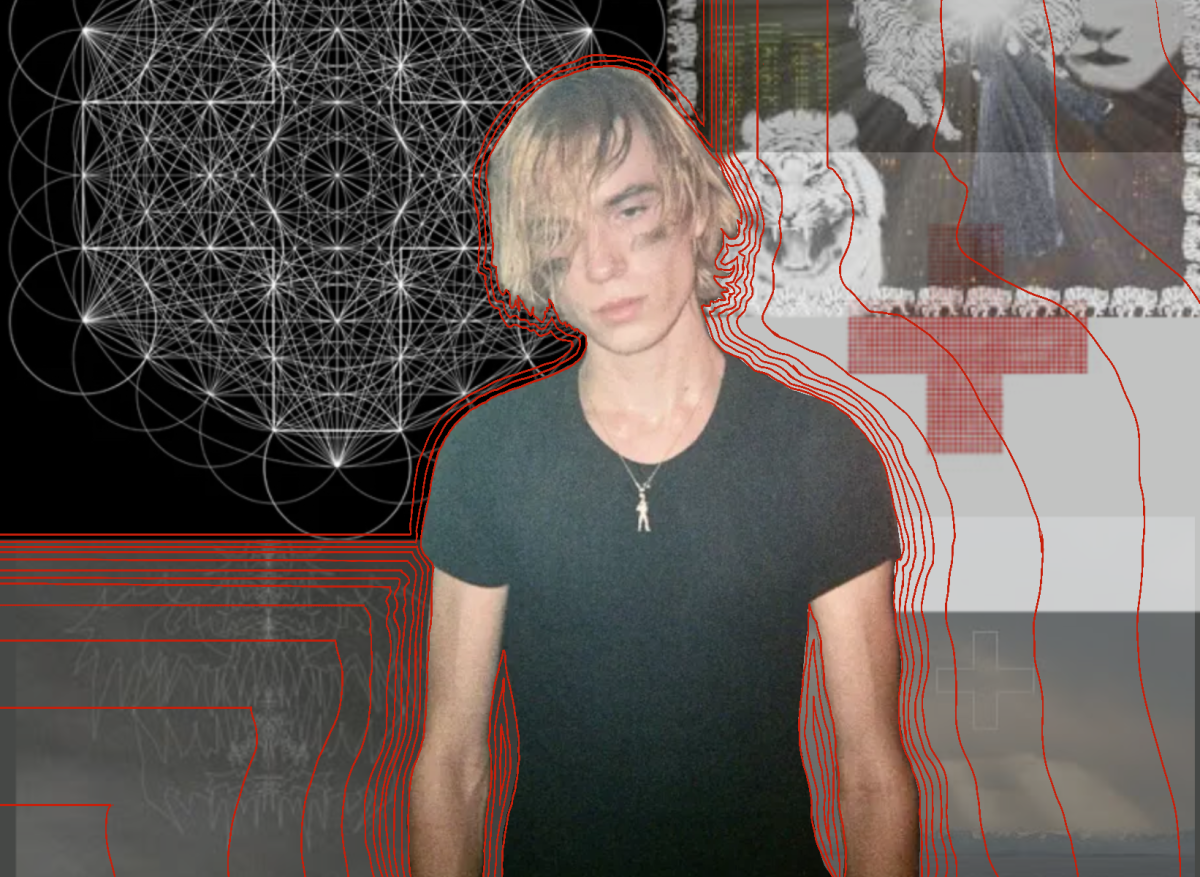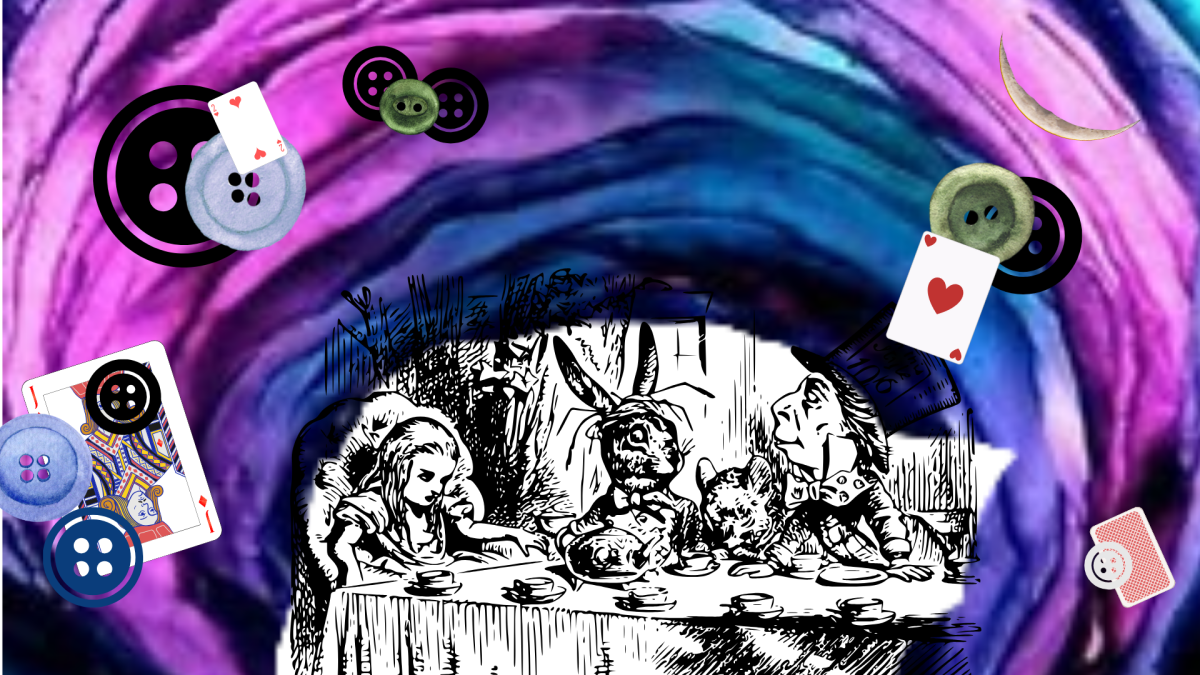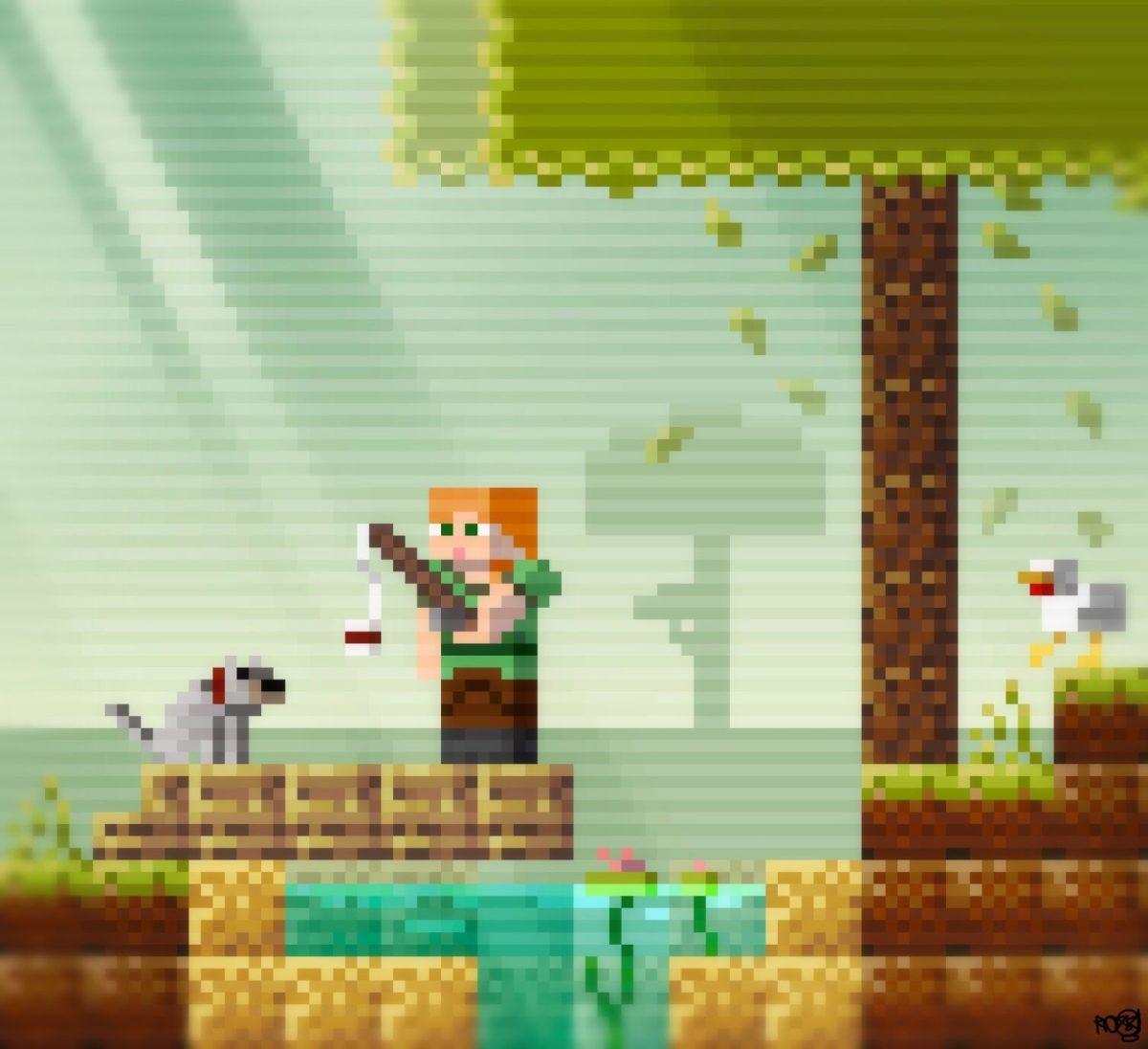When I first viewed advertisements for Wes Anderson’s “The French Dispatch,” I immediately knew it was something I had to see. The film exudes nostalgia, as its poster is an ode to vintage “New Yorker” magazine covers and francophone media influences “Adventures of Tintin” and “Mon Oncle.”
The film documents journalists of the Liberty, Kansas Evening Sun based in the small fictional French town of Ennui-sur-Blasé working on a paper titled “The French Dispatch.” As an anthology film, it is organized into three sections, covering three different stories of the paper.
The first section of the film concerns the art world. An imprisoned artist and his French muse, Simone, inspire a piece of work that captures the attention of art connoisseurs. A familiar face of Anderson films, Adrien Brody, makes an appearance as a buyer seeking to purchase the artist’s work. Unrequited love, isolation and Stockholm syndrome are all themes that are present in this first storyline.
Everyone’s favorite indie heartthrob, Timothée Chalamet, is featured in the second story playing the role of Zeffirelli — an angsty, rebellious student working on his manifesto. A journalist then enters the scene to cover a story on the student revolutionary protests that are taking place in Ennui-sur-Blasé, where she encounters tension between Chalamet and a French student advocate, Juliette. The narrative covers the voices of the youth, as well as the romances that often accompany them.
The final story covers a police chef paired with a food journalist, Roebuck Wright, played by Jeffrey Wright. This section is tumultuous, as a simple dinner paired with conversation escalates to a police chase. Comic book-like animations transport the audience into a different medium, creating a heightened sense of action and suspense for the viewer.
Aesthetically, Anderson drew inspiration from the French New Wave cinematic style of the 1960s. Brightly colored matching sets and vintage French-inspired ensembles worn by the female characters, cigarette smoking outside of cafes and nods to ‘60s interior design contribute to the imagery and nostalgic mood encompassed by the film.
A continuous switch from black-and-white scenes to colorful ones is one of the most noticeable artistic elements of the film. The dual-colored tones enhance the bilingualism of the film since both French and English dialogue are incorporated, symbolizing the two different settings, Kansas and Ennui-sur-Blasé.
The soundtrack was typical Anderson, as Alexandre Desplat, the French film composer who often works with Anderson, brings a nostalgic and suspenseful score to the film. Many metronomes were included, creating a sense of anticipation throughout the viewing experience. The consistency of the soundtrack balanced the bilingualism and back-and-forth elements of the black-and-white versus colorful shots. In addition to Desplat’s compositions, various French artists were also incorporated into the score, immersing the viewer in classic French culture.
Stylistically nostalgic and with influencing factors from the “New Yorker” journalism scene and the French New Wave film moment, “The French Dispatch” is classic Anderson. If looking to view an action-packed and visually adept film, “The French Dispatch” fits your criteria.
“The French Dispatch” is currently playing in theaters, and I’d recommend purchasing tickets from The Rialto Theatre in Raleigh, as its vintage interior pairs with the nostalgic feel of the film, making the viewing experience even more special.














